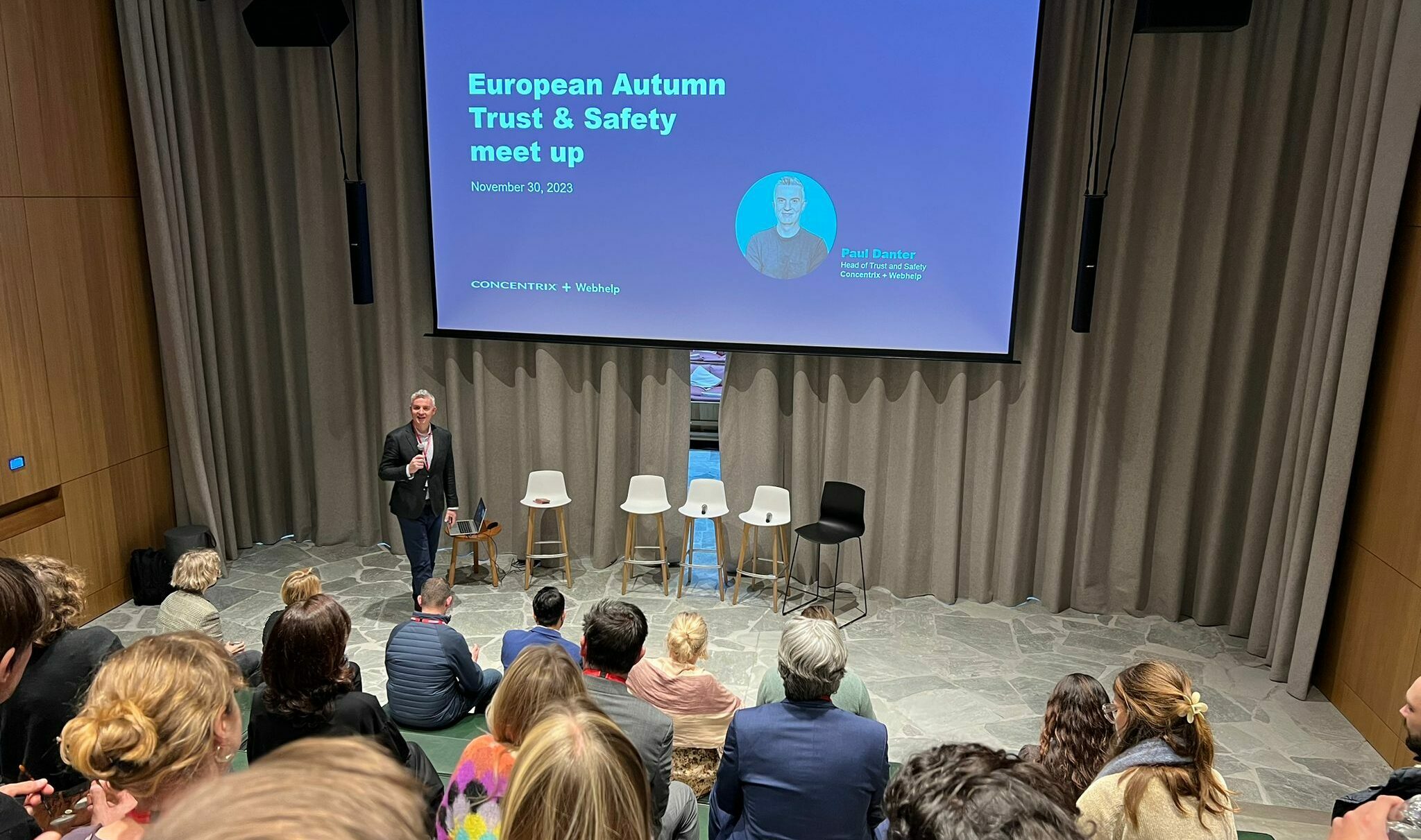As I have often detailed here, omnichannel is here to stay. Customer expectations today demand that the experience they have of a brand is just as good online as offline and however they choose to communicate, the service will be great.
That’s what customers expect today, but for many brands it is still not a reality. This article in eCommerce News about retailers in Sweden shows that for retail brands there it is often the physical store that is ruining the omnichannel experience. High street stores are becoming the weakest link.
A quarter of Swedish shoppers feel that they get a much more personal experience when shopping online, according to a new study.
Can you imagine that statement from a couple of years ago when the personal in-store experience was considered to be the reason why people will keep on returning to real stores.
Customers know that brands know about them and this helps retailers identify what customers like, what they are not interested in, and how to offer timely deals that will encourage more purchases. All this information is easier to gather in the online environment, but now there appears to be a backlash against the way that the real in-store experience differs – because the employees of the store do not know you when you walk in off the street!
Naturally the real in-store experience will always remain the weakest link if customer expectations for personalisation are increasing to the point where customers want to be treated as individuals when they walk into a store.
Building this kind of in-store personalisation can be complex, but it depends on the approach. The UK retailer Mothercare wrapped an online receipt system around all their existing processes – so after a purchase was made if the customer gave their email address for the receipt details then the system could match up their details to previous spending and offer additional deals.
This does rely on personalisation after a purchase though. Facebook offers location-aware technology to retailers so they can be aware of which customers that already “like” their brand are nearby to a store. This can be cross-matched with other demographic information to send offers direct to the phone of the customer.
Utilising a system like this also restricts the brand to only working with customers who are active mobile users of Facebook, but I do think that some kind of “logging in” will become more common when customers enter a store they like – probably using apps available from the retailer.
If a customer is encouraged to let the app know that they are in-store and the retailers makes it attractive enough to do this then not only can the in-store experience be personalised, but the retailer gets even more data on what the customer is interested in.
Most of us have now become used to reading news online to the extent that some major newspapers, like The Independent, no longer even provide a printed edition. The online news experience lets us comment on stories and share articles that are interesting. It is a far richer experience that the traditional consumption on news printed on paper and this kind of paradigm shift is taking place with retailers. The online experience is now so good and personalised to the individual; those shoppers want to feel the same way when they walk in a store.
What do you think about these changing expectations? How will it affect retail on the High Street? You can leave your thoughts or comments below.

![[Fashion] Choosing the right partners to grow your business in 2024, at a time when trust is fragile](https://media.webhelp.com/wp-content/uploads/2023/12/21090253/Office-Showcase-2.png)


